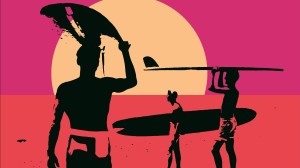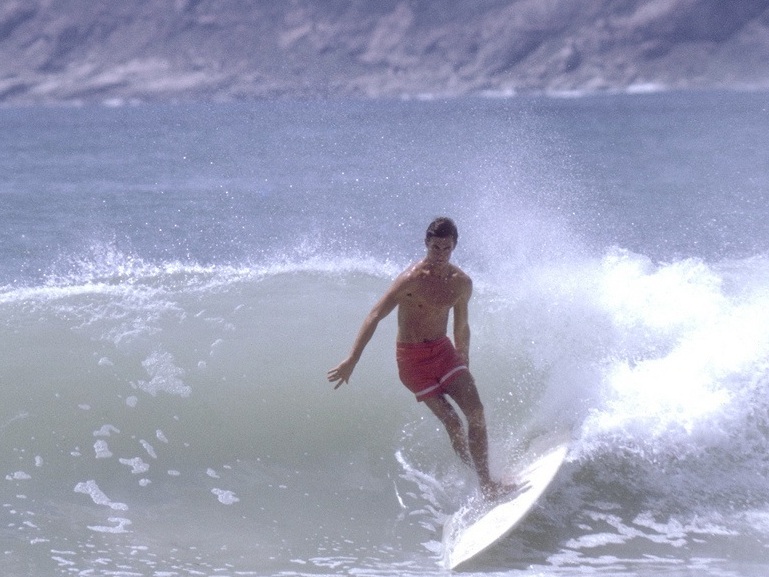“This is Bruce Brown, thank you for watching, I hope you enjoyed my film.”
That line, sounding a little like a proud eighth-grader closing out a book report he felt was particularly insightful, is the last piece of narration in the landmark 1964 surfing film The Endless Summer (which didn’t receive its nationwide theatrical release until 1966). It’s a little amateurish, eye-rollingly hokey, and yet irresistibly endearing in its aw-shucks wholesome sincerity. It’s those qualities that have allowed the film to improbably endure as the most influential adventure sports documentary ever made, and warrant another limited theatrical run in a few dozen theaters nationwide to celebrate a half-century since it first screened.

Documentaries about sports like surfing, skiing, snow and skateboarding, or mountain climbing are a niche market, often screened only at specialized film festivals before living out their existences being played in the background at ski lodges or in the homes of enthusiasts. Endless Summer didn’t invent the genre, but it was unique in its huge crossover appeal, sparking popular interest in surf culture that has endured at the movies ever since, whether in direct descendants like the 2003 documentary Step into Liquid (directed by Brown’s son, Dana), or Keanu Reeves’ undercover surfing “EFF…BEE…EYE…Agent!” in 1991’s Point Break.
Many of the surfing movies that rode Endless Summer‘s wake presented surfing as the apotheosis of living-on-the-edge cool, with ripped dudes and lean ladies speaking a language all their own while devoting their days to the romantic pursuit of the perfect wave. (Spoiler alert: Brown & Co. found it while filming the movie in 1963, and it’s in South Africa.) But Endless Summer has none of that.
Its primary subjects, Mike Hynson and Robert August — the two world-class surfers Brown takes on a trip around the world trying to follow summer all year round — are as clean-cut and full of all-American innocence as Wally and the Beaver. They’re about as dangerous as Cub Scouts. In one sequence, they’re so nervous and clumsy around a bikini-clad surfer in Australia that they can barely keep upright on their boards.


9(MDAxOTAwOTE4MDEyMTkxMDAzNjczZDljZA004))

